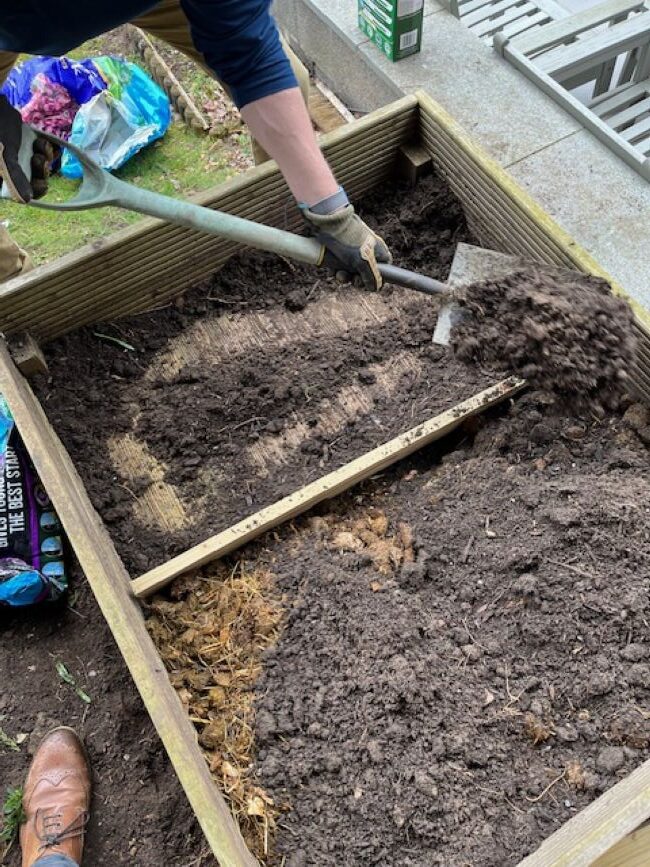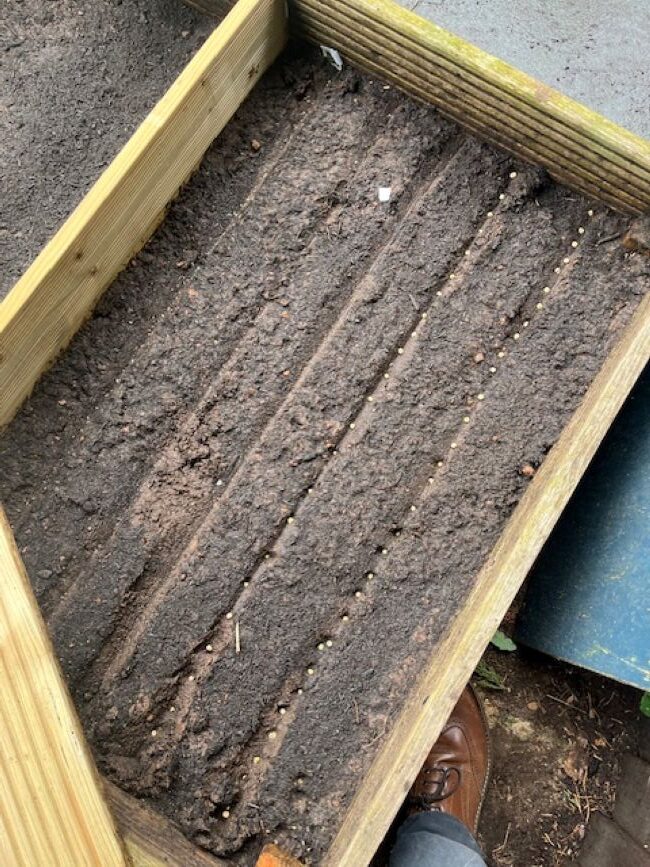GardenAdvice hotbeds for early season vegetable and salad crops

Fill with horse manure and fertiliser

Cover with soil and compost

Sow with Salad leave etc and cover with clear plastic to hold in the heat
How to Create a Small Hotbed in Your Garden for Early Veg and Salad Crops
Creating a hotbed in your garden is a fantastic late winter project that pays off with early season salad crops and, later in the year, a rich source of organic matter. Essentially, a hotbed acts like a mini heated greenhouse, using natural bacterial activity to warm the soil and air—ideal for giving young plants a head start.
What Is a Hotbed?
A hotbed is a raised bed that generates its own heat through the decomposition of organic material, typically fresh horse manure mixed with straw. As bacteria break down the woody and nitrogen-rich matter, they release heat. By enclosing this setup, you trap the warmth, creating an environment suitable for growing tender crops well before the weather warms up.
Hotbeds have a long tradition, dating back to the Victorian and Edwardian eras, where they were widely used in kitchen gardens. Gardeners of the time would create hotbeds beneath cold frames to grow out-of-season vegetables and fruits—including winter salads and even early strawberries—long before heated greenhouses became common. It’s a classic, low-tech technique that’s still just as effective today.
Materials You’ll Need:
- Timber or pallets to build a raised box (around 1–1.2m square is ideal for small gardens)
- Fresh horse manure, ideally with lots of straw and urine (this provides both the bulk and nitrates)
- Straw or additional carbon-rich material if needed
- General-purpose organic fertiliser such as Growmore or blood, fish & bone
- Good quality topsoil or compost for the growing layer
- Clear plastic or a cold frame lid to trap heat and protect seedlings
Step-by-Step: Building Your Hotbed
1. Choose the Right Spot
Select a sunny, sheltered location that gets maximum daylight in winter and early spring. The more light your hotbed receives, the better it will perform.
2. Build the Box
Construct a simple box using reclaimed wood, pallets, or even straw bales. Aim for about 60–90cm deep, so there’s enough depth to generate heat and still have room for a growing layer.
3. Add the Heat Source
Fill the bottom third of the box with fresh horse manure that includes lots of straw and urine. This material is key: the straw provides carbon, and the urine adds nitrates, which fuels the bacterial breakdown.
5. Add Fertiliser
Sprinkle a little organic fertiliser over the top of the manure layer. This helps ensure the crops above will have adequate nutrients during their early growth.
6. Cap with Soil or Compost
Add a layer of good-quality topsoil or compost about 15–20cm thick. This is your planting layer, so it needs to be fine, rich, and crumbly. Once covered, water well and sow your seeds or plant out your seedlings.
7. Cover the Hotbed
Place a cold frame, clear plastic sheeting, or even an old window frame over the top. This traps heat and protects seedlings from frost, wind, and rain.
8. Wait, Then Plant
After 3–5 days, the temperature of the hotbed will start to rise . Wait until it stabilises around 18–24°C in the planting layer if it gets to hot water to cool it down Example of crops you can grow are
- Lettuce
- Rocket
- Spinach
- Radishes
- Spring onions
- Pak choi
Crop Rotation in the Hotbed
Once you’ve harvested the first flush of salad crops, your hotbed still has a lot to offer. As the heat gently fades, the environment becomes ideal for growing warm-season crops like:
- Courgettes
- Pumpkins
- Squash
- Cucumbers
These plants benefit from the nutrient-rich base and warmth still coming from the decomposing manure. Their large leaves also help shade the bed, reducing weed growth and retaining moisture—making good use of the hotbed right through summer.
Using the Composted Manure
By autumn, the manure at the bottom of the hotbed will have broken down significantly. You can dig this out and spread it over your main vegetable plot as a fantastic soil conditioner. It’ll be rich, crumbly, and full of organic matter, giving your soil a boost ahead of winter.
Then, you can restart the process—add fresh strawy manure, layer it up, and prepare for the next season’s crops.
Growing Strawberries for Christmas
One lesser-known benefit of hotbeds is their potential for off-season strawberry production. We’re always trying to grow strawberries for Christmas—and hotbeds make that possible.
Here’s how:
- In September, pot up some healthy strawberry plants (day-neutral or everbearing varieties work best).
- Keep them growing and healthy in pots until December.
- When you restart your hotbed in early winter, place the strawberry pots directly onto the warm growing layer inside the hotbed and cover them with a cold frame or cloche.
- With a bit of care and luck, you’ll get strawberries for Christmas—or at least very early in the new year.
Hotbeds are a powerful, sustainable tool for early and extended growing. They help you kickstart your season, get an extra crop mid-year, and finish by giving you a great supply of compost. Inspired by the ingenuity of Victorian and Edwardian gardeners, hotbeds remain a smart, low-cost way to heat your soil naturally—and a great way to get more from your garden all year round.


